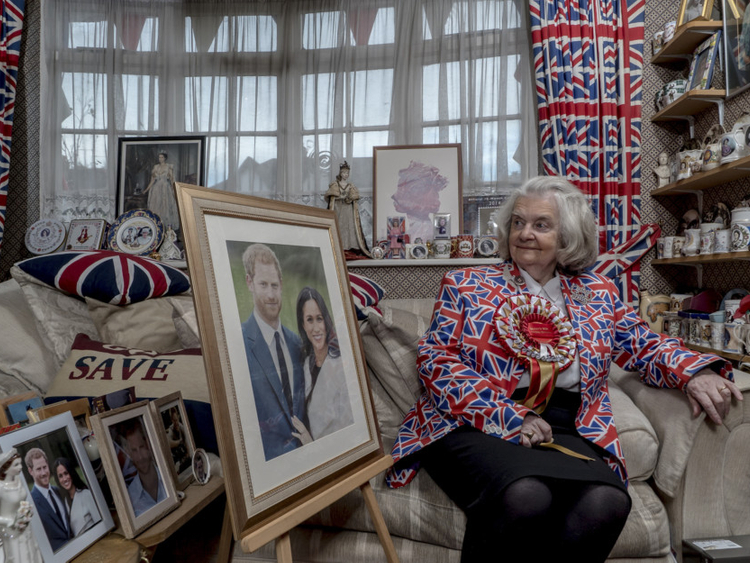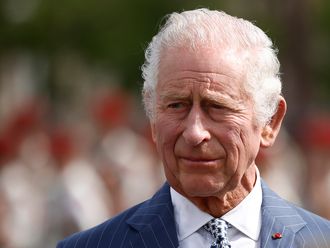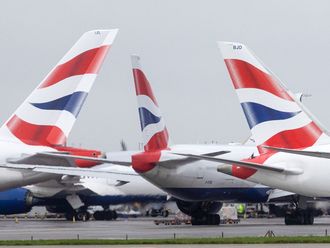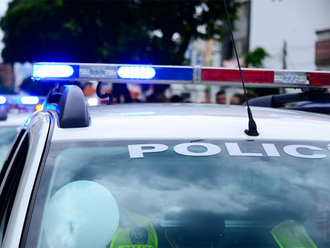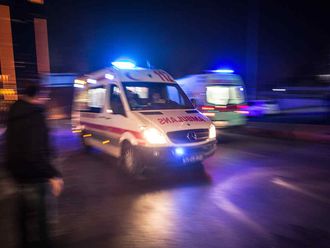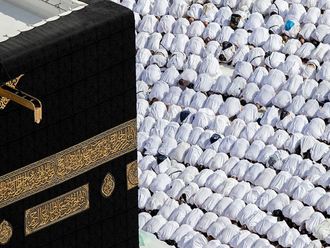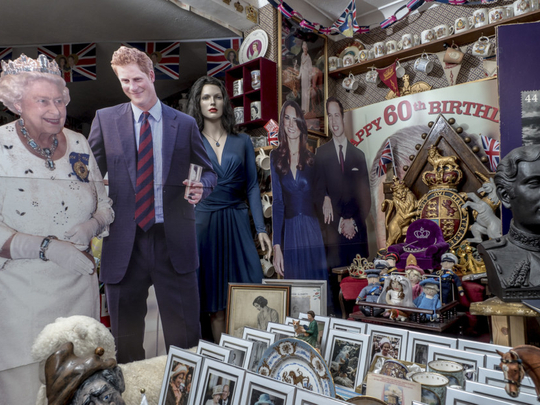
London: The cameras had barely finished flashing on the newly engaged Prince Harry and Meghan Markle. But Emma Bridgewater, a British ceramics manufacturer, was already making a mug to commemorate the moment.
The next week, just under mugs — with “Harry & Meghan are engaged” and the date of the announcement on them — were on sale. They retailed online for around £20 (Dh99) and sold out within 24 hours. From crockery emblazoned with official portraits to solar-powered toys with the queen’s characteristic wave, Britain’s monarchy is big business. And that royal economy, normally catering to tourists and enthusiasts, kicks into high gear around major events.
“It’s a flash of colour in a rather grey world,” said Bridgewater, the eponymous founder of the ceramics company.
Britain’s royal family contributed an estimated £1.8 billion to the country’s economy in 2017, according to Brand Finance, a consulting firm.
The bulk of that was £550 million from tourism. Brand Finance estimates that travellers in town for Harry’s wedding, scheduled for spring, will bring an additional £500 million this year. Roughly one-tenth of that amount is expected to come from merchandise sales.
Capitalist tradition
Enthusiastic collectors such as Margaret Tyler are a discerning audience. A dedicated royalist, 73-year-old Tyler has filled her home in northwest London with commemorative items including a copy of the Issa dress that Kate Middleton wore during the announcement of her engagement to Prince William, and a little glass dish with a picture of Queen Elizabeth II that started her collection. One of her rooms is dedicated solely to Princess Diana, and another to the queen, which she rents out for £75 a night.
Insurers have valued her collection at £40,000.
Royal fever is a capitalist tradition in Britain.
Royal Crown Derby, a porcelain manufacturer, has been making commemorative products since the coronation of King George III in 1760. Jan Hugo, a 59-year-old collector with 10,000 pieces who is based in New South Wales, Australia, has teapots dating back to Queen Victoria’s reign.
“I think they just look for an excuse to be able to do it, every time there’s a birth, wedding, engagement, anniversary, anything,” Hugo said.
When William married in 2011, the high-end British department store Fortnum & Mason sold a Wedding Breakfast Blend tea from Kenya, where he proposed. The Lego-themed amusement park Legoland made a brick replica of Buckingham Palace, complete with the bride, groom and assorted well-wishers. Pizza delivery chain Papa John’s even turned their faces into a pizza.
A mug for every occasion
Bridgewater’s company has sold more than 35,000 pieces of pottery based around William’s wedding and has produced 15 different commemorative mugs for events ranging from Prince Andrew and Sarah Ferguson’s wedding in 1986, to the birth of William’s second child, Princess Charlotte, in 2015. The company has annual sales of about £20 million.
Tour operators and travel agencies are also gearing up for the royal wedding.
British Tours is putting together potential itineraries. The company already runs “Kate and William tours”, which follow the footsteps of the royal couple, visiting the town where they went to college and Westminster Abbey, where they married.
Some offer a chance to catch a glimpse of the wedding itself.
Noteworthy has already secured a location for guests to watch Harry’s wedding. But the managing director of Noteworthy, Nicola Butler, declined to say where. “This,” she said, “is really big for us.”


